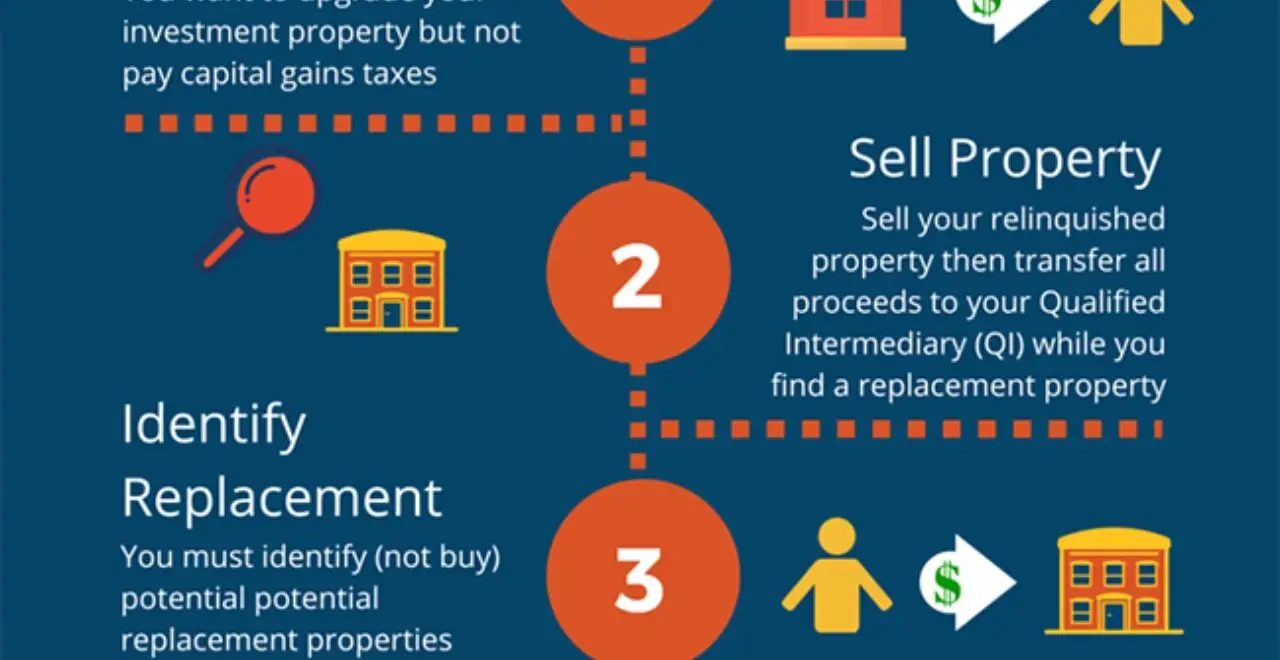One way to defer capital gains tax on the sale of royalty or mineral interests is through a 1031 Exchange. 1031 refers to the section in the IRS code that allows mineral owners to defer capital gains taxes on the sale of their mineral or royalty rights when exchanged for another qualifying property.
The 1031 Exchange is common and straightforward: the Exchangor agrees to sell certain property before he/she acquires another property. In other words, the property the Exchangor owns (called the “relinquished” property) is transferred first. The property the Exchangor wishes to own (called the “replacement” property) is acquired second.
How It’s Done
Before the 1031 Exchange is initiated, the Exchangor is responsible for marketing his property, securing a buyer and executing a Purchase and Sale Agreement or (PSA).
The Exchangor’s obligation (the PSA) to sell the Relinquished property is then assigned, or transferred, to the 1031 Exchange Intermediary (we get to Intermediaries below). By the assignment, the 1031 Intermediary transfers the Relinquished property to the buyer. The 1031 Intermediary then receives the money (exchange proceeds) from the buyer for the Relinquished property.
Within 45 days of the Relinquished property transfer, the Exchangor must identify Replacement property to acquire. The Exchangor negotiates the purchase terms for the Replacement property with the seller and executes a PSA.
The Exchangor’s obligation, as shown by the PSA, to buy the Replacement property is then assigned, or transferred, to the 1031 Intermediary. The assignment allows the 1031 Exchange Intermediary to use the exchange proceeds (in addition to other funds provided by the Exchangor if the property being acquired is of greater value) to purchase the Replacement property.
The 1031 Intermediary is mandated by IRC 1031 to transfer the Replacement property to the Exchangor within 180 days of the Relinquished property transfer.
What Properties Qualify for 1031 Exchanges?
As you consider selling mineral interests and deferring taxes through a 1031 Exchange, keep in mind the IRS recognizes only certain properties for an exchange. The property must be a “like-kind exchange” of property.
This means the proceeds from the sale of mineral rights can only be used to purchase other property of the same nature or character; this includes land, real estate, buildings, commercial property, vacation property, or other mineral and royalty rights held for investment or business purposes.

Tip:
To maximize your benefit, the property purchased must be of equal or greater value than the property sold. If the property sold is less than the property purchased, you must pay capital gains tax on the difference.
The 45/180 Day Rule
The IRS is very strict when it comes to the timing between selling your mineral interests and buying another investment or piece of real estate. The IRS allows 45 days after the sale of your mineral interest for you to identify another investment. Then, the IRS allows 180 days between the sale of your mineral interest and the closing of the new investment. Because these time frames run concurrently, it is very important to try and have the property picked out that you will be exchanging for your mineral interest to stay in compliance with the 1031 Exchange rules.
Reverse Exchanges
Another favorable exchange, should one already have a property in mind to purchase for investment or business, is the “Reverse Exchange” whereby, the new property is purchased before the old property is sold.
The Reverse Exchange is the opposite of the 1031 Exchange.
Where the 1031 Exchange requires the Exchangor to relinquish property before he acquires property, the Reverse Exchange allows the Exchangor to acquire property first and relinquish property second.
In other words, the Reverse Exchange allows an investor to acquire a new property today, when an excellent investment may be available, and sell other property later when a better price might be obtained.
The Reverse Exchange greatly expands the ability of the investor to take advantage of changes in the marketplace and to improve his or her investment position. Be mindful that the 45/180-day rules still apply.
1031 Exchange Tax Benefits
From 2005 to 2007 alone, $200 billion of property changed hands through the use of 1031 exchanges. The popularity of the 1031 exchange is testament to its substantial tax benefits.
These benefits include:
• Postpone the taxes due on qualifying properties
• Allows investors to diversify their portfolios without getting hit with capital gains taxes
• Maximizes the amount of capital available to invest in other real estate, mineral interests, etc.
Who Can Help With The 1031 Exchange Process
1031 Exchanges can be an arduous process to say the least. It involves a voluminous amount of documents, lawyers, and confusing legal jargon.
Mineral owners often rely on a Qualified Intermediary to help streamline and work through the 1031 Exchange process.
Qualified intermediaries are responsible for preparing all the documents for the 1031 Exchange and ensuring the funds are safely and properly exchanged through a Qualified Escrow account with a federally insured institution. They also act as advisors during the process to ensure that you receive all tax benefits possible from the 1031 Exchange.
Important Note:
Since this process has strict timelines and rules, be sure to ask for references from your reputable social and professional circles while researching companies to represent you.
To protect against fraud or negligence, you will also want to ensure they are properly covered with liability protection, including errors and omissions insurance and fidelity bonding.
How does one find an Intermediary? A simple google search of “qualified 1031 intermediaries in [your area]’ will do the trick to get you started or feel free to schedule a call to discuss your needs. By the way, have you checked out our FAQ page?
We’re here to help as always! Feel free to schedule a complimentary consultation with us today if you need more guidance or fill out the form below and we’ll get in touch with you.





Leave a Comment